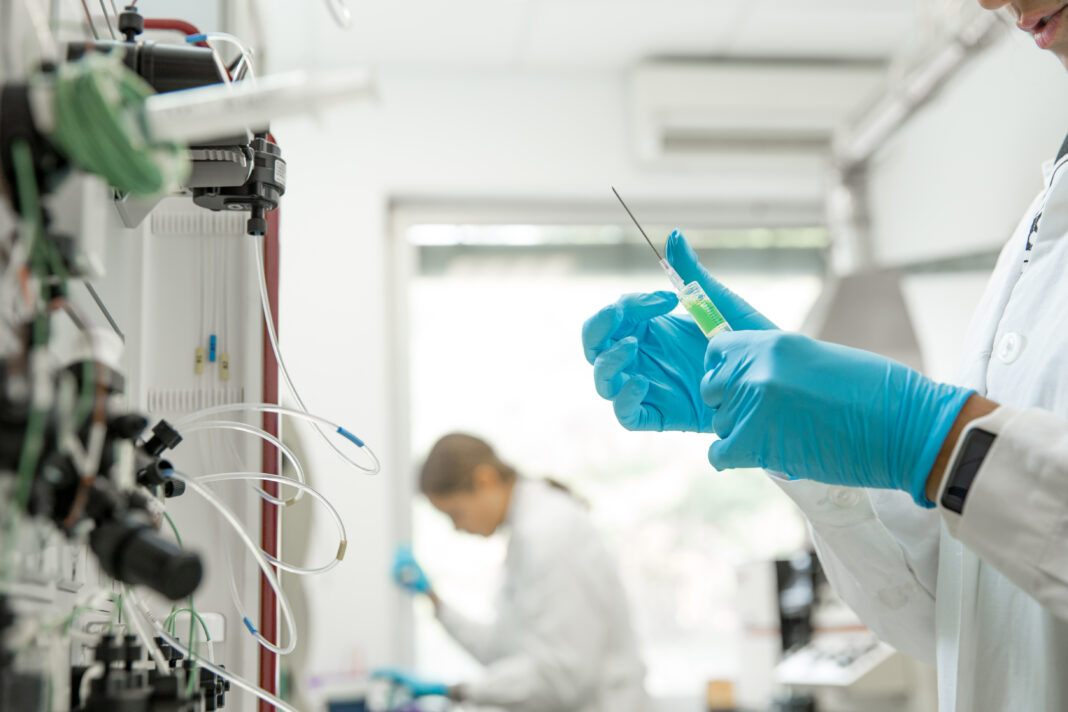Although continuous processing is one of the most frequently discussed topics in today’s pharmaceutical industry, considerable work remains before making this method common in the industry. At the University of Delaware, chemical engineer Abraham Lenhoff, PhD, and Ohnmar Khanal, PhD, previously Lenhoff’s doctoral student and now a senior scientist at Spark Therapeutics, explored the ups and downs of converting to continuous bioprocessing. Among the benefits, these two researchers point out faster and higher production at reduced costs.
When asked what she considers the biggest challenges in moving to continuous processing, Khanal says that, from a technical side, it’s process integration.
“Integrating all unit operations to form a single train is challenging as some unit operations output the product continuously while others output the product cyclically,” she explains. “The seamless integration of unit operation will require monetary investment and even specific custom equipment as what is necessary may not be readily available.” She adds that making the transition depends on a commitment that comes with some economic risk, because “several technical shortcomings remain.”

Still, Khanal sees improvements that will simplify the transition. “Advances in process analytical technologies, process modeling, control, and automation will help integrate unit operations to enable continuous operation,” she says. “In an integrated process, the outcome from an early unit operation can influence the succeeding unit operations, making process monitoring and process control tools necessary for successful operation.”
For more bioprocessors to consider continuous methods, all of the pieces must be easier to combine and control. As Khanal says, “A good process control method requires a good process model and strong monitoring tools.”


